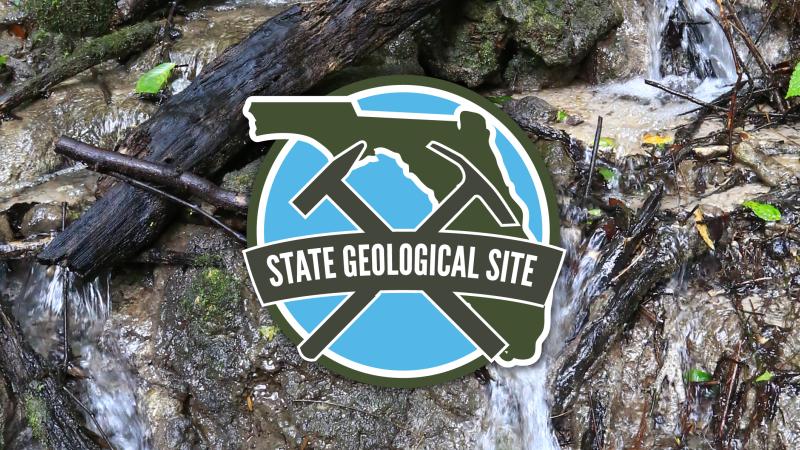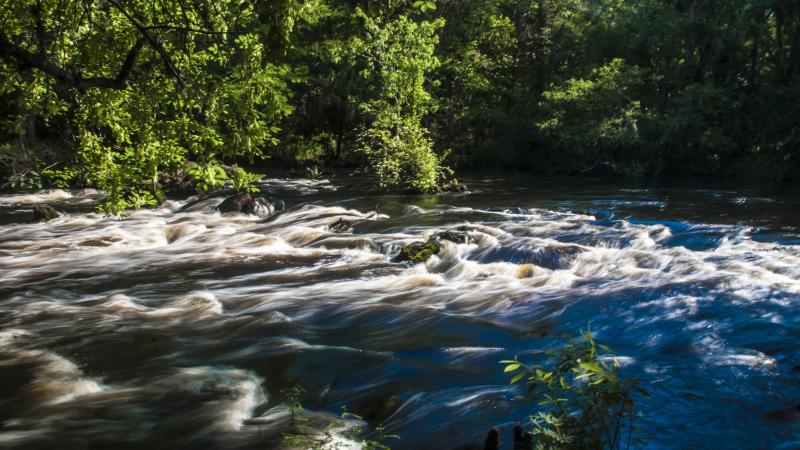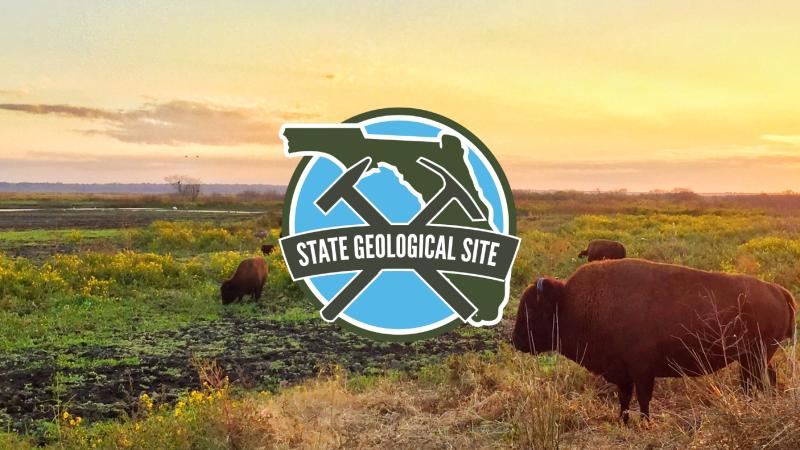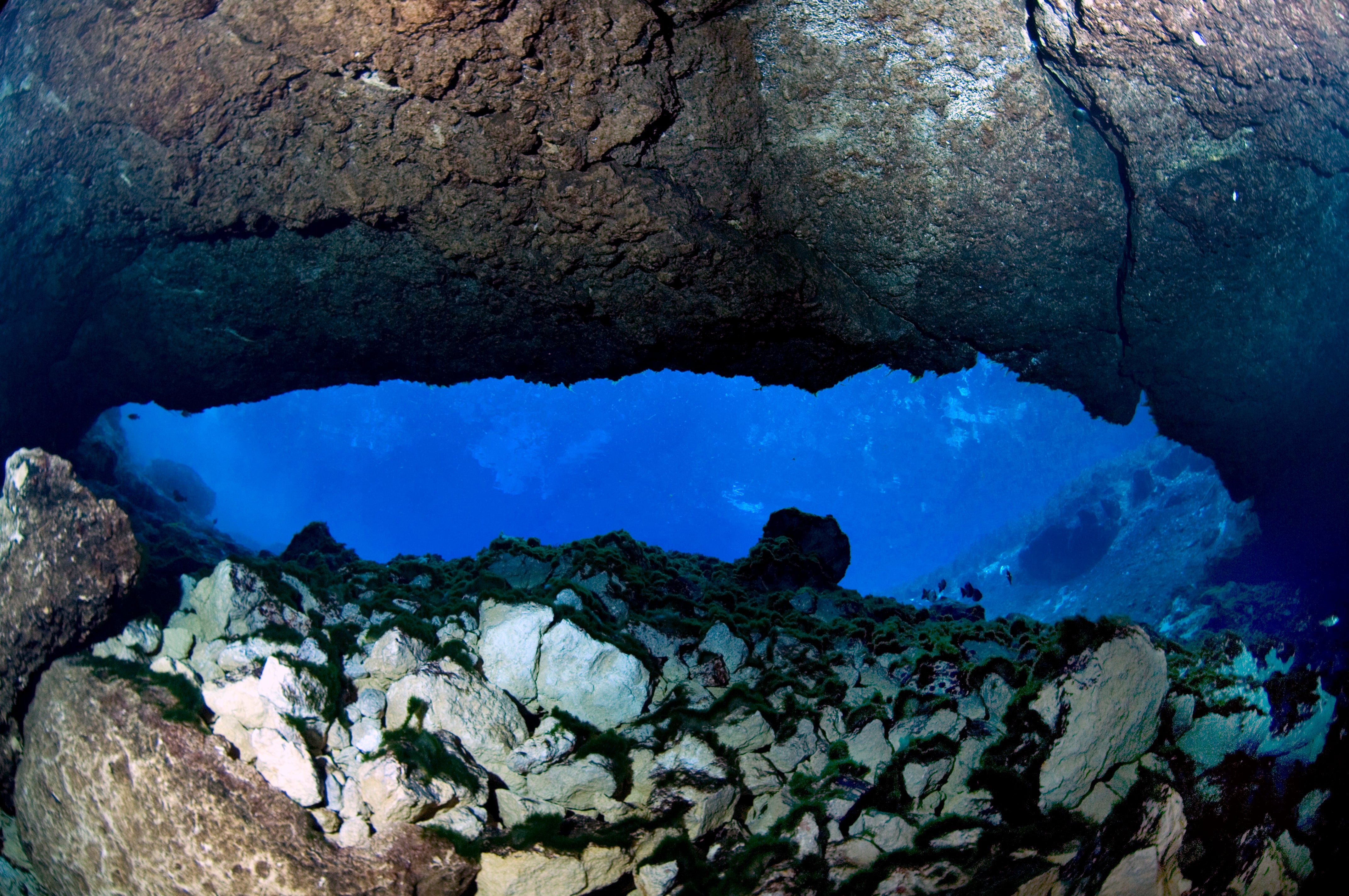
Geology of Silver Springs
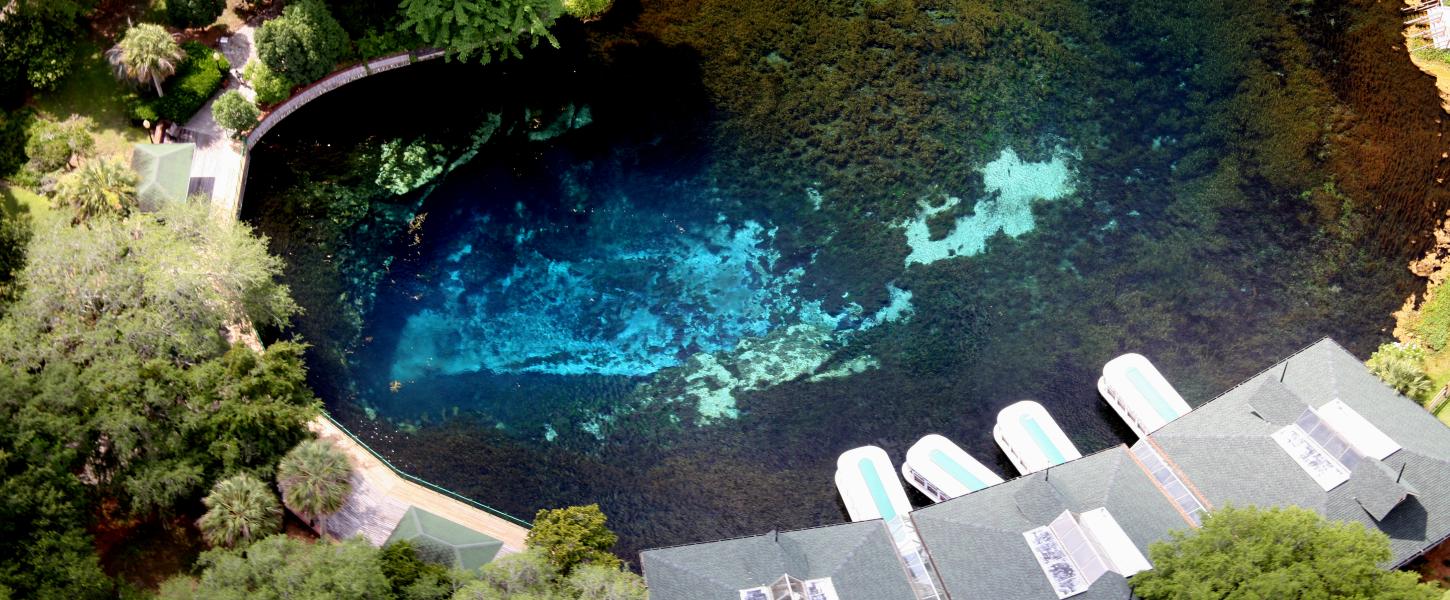
Silver Springs offers one of Florida’s premier views of clear groundwater flowing to land surface and an excellent example of the connection between rocks and water over geologic time. More than 30 springs have been documented in the upper part of the Silver River.
These springs emerge from ancient limestone formations that frame the upper part of Floridan aquifer system, which underlies the entire state of Florida. This aquifer system provides water to hundreds of springs around the state, including some of the largest and deepest springs in the world.
Mammoth Spring is the largest spring in the park and exhibits a rocky ledge above a vast cavern. Glass bottom boat rides provide visitors an opportunity to view this underwater wonder. The rock formation exposed in Silver Springs is called the Ocala limestone and was named for the city of Ocala where the limestone was first described. The Ocala limestone is a white, chalky, highly fossiliferous limestone that was deposited in a warm, shallow marine environment more than 35 million years ago.

This important geological formation contains abundant remains of sand dollars, sea biscuits, clams, snails and single-celled organisms called foraminifera that accumulated on the sea floor over millions of years. Over geologic time, these fossils and other particles became naturally cemented together forming the limestone. Some of these fossils can be observed in the limestone boulders that are scattered throughout the park.
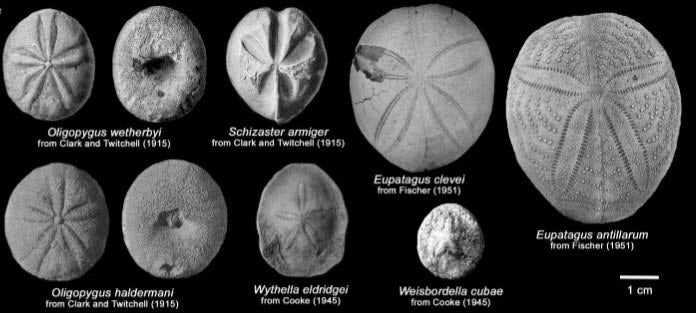
Mammoth Spring is one of more than 1,000 springs known to exist in Florida. Springs are a type of geological landform known as karst, which refers to features formed over thousands to millions of years due to the interaction of slightly acidic natural waters with dissolvable rock such as limestone.
Karst environments contain special topographic features such as caves, springs and sinkholes, as well as submerged cave systems including the conduits through which groundwater flows to the spring.
